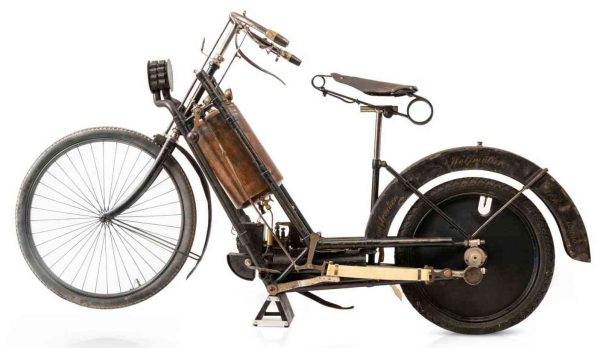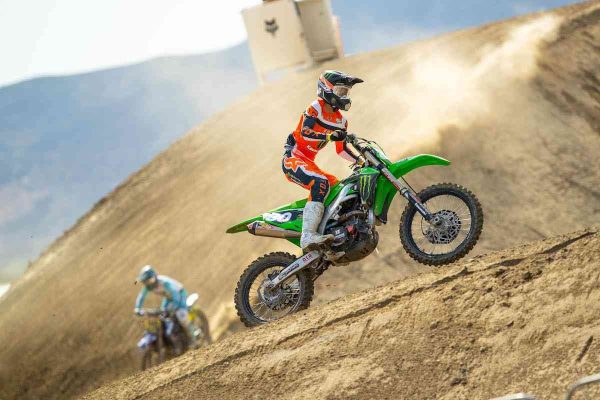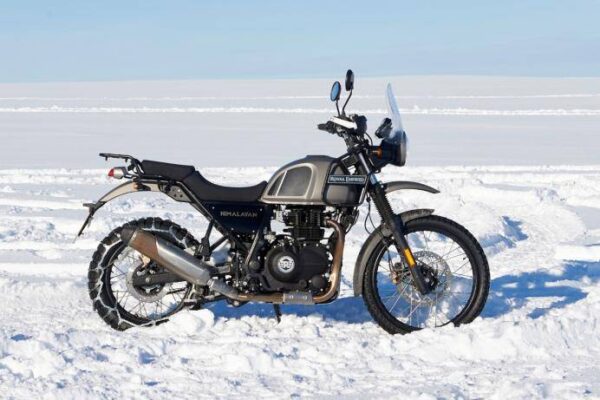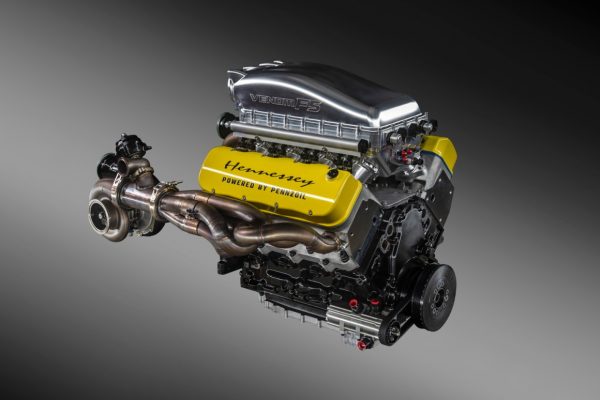World’s Oldest Production Motorcycle Sells For $212,000
This example may be the earliest one still in existence in 2023. World’s Oldest Production Motorcycle Sells For $212,000 At Auction by Janaki Jitchotvisut from https://www.rideapart.com The early days of motorcycling were a wild time. From strapping engines to the frames of unsuspecting bicycles, to steam-powered velocipedes, people were eager to find new and improved ways to get around. New technological frontiers are typically a time of great experimentation, and this era in motorcycling was certainly no different. In February, 2023, an extremely interesting piece of that early history went up for auction at Bonhams Paris The machine in question is an extremely rare 1894 Hildebrand & Wolfmüller, which bears the reputation of “the first powered two-wheeler to enter series production,” as well as the first vehicle to be called by the name “motorcycle” (or “motorrad,” in German). It ultimately sold for €195,500, or roughly $212,000 Yankee dollars including the premium. Brothers Heinrich and Wilhelm Hildebrand set to work crafting their first powered two-wheeler designs during the crucial transition between steam-powered and gasoline-powered vehicles. As the story goes, they started with steam, but eventually turned to a two-stroke design in cooperation with two other individuals: Alois Wolfmüller and his mechanic Hans Geisenhof. Development is often an iterative process, and what the team eventually came up with to make this production vehicle was a water-cooled, four-stroke, parallel twin engine with what must have been a breathtaking displacement at the time: 1,489cc. This reportedly made about 2.5 brake horsepower at 240 RPM, and resulted in a machine that could top out around 30 miles per hour. That might seem terribly slow in 2023, but was likely more impressive in a time when motor vehicles (let alone faster ones) weren’t so commonplace. If this machine seems like an alien contraption to your modern […]
World’s Oldest Production Motorcycle Sells For $212,000 Read More »




